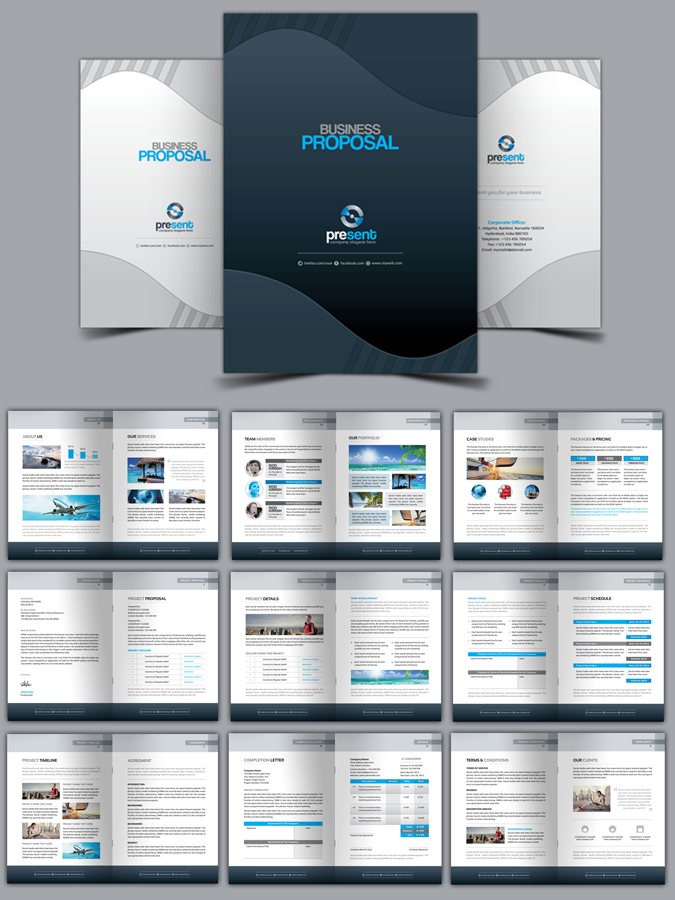The Role of Brochures in Corporate Identity
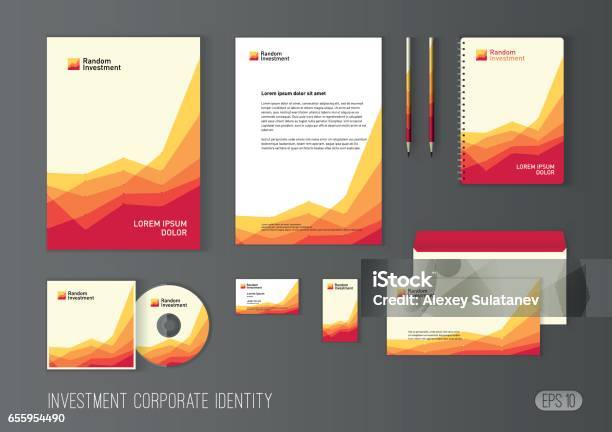
Brochures are a powerful marketing tool that significantly contribute to shaping and communicating a company’s corporate identity. They serve as tangible representations of a brand’s values, mission, and personality, making them essential in establishing a consistent and professional image.
What is Corporate Identity?
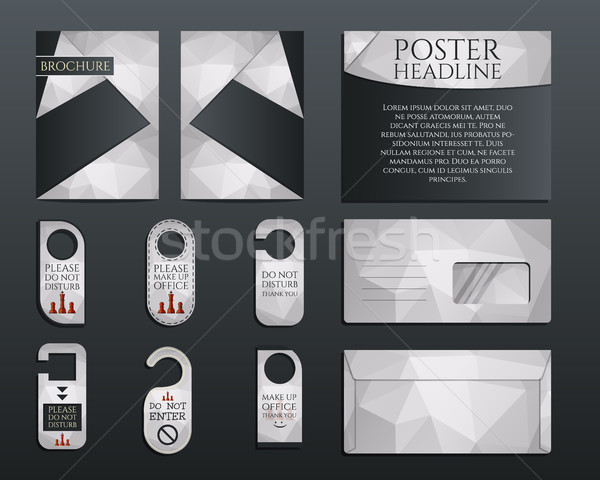
Corporate identity encompasses the visual and conceptual elements that define a company’s public image. This includes logos, color schemes, typography, messaging, and overall design style. A strong corporate identity helps build brand recognition, trust, and loyalty among customers and stakeholders.
How Brochures Support Corporate Identity
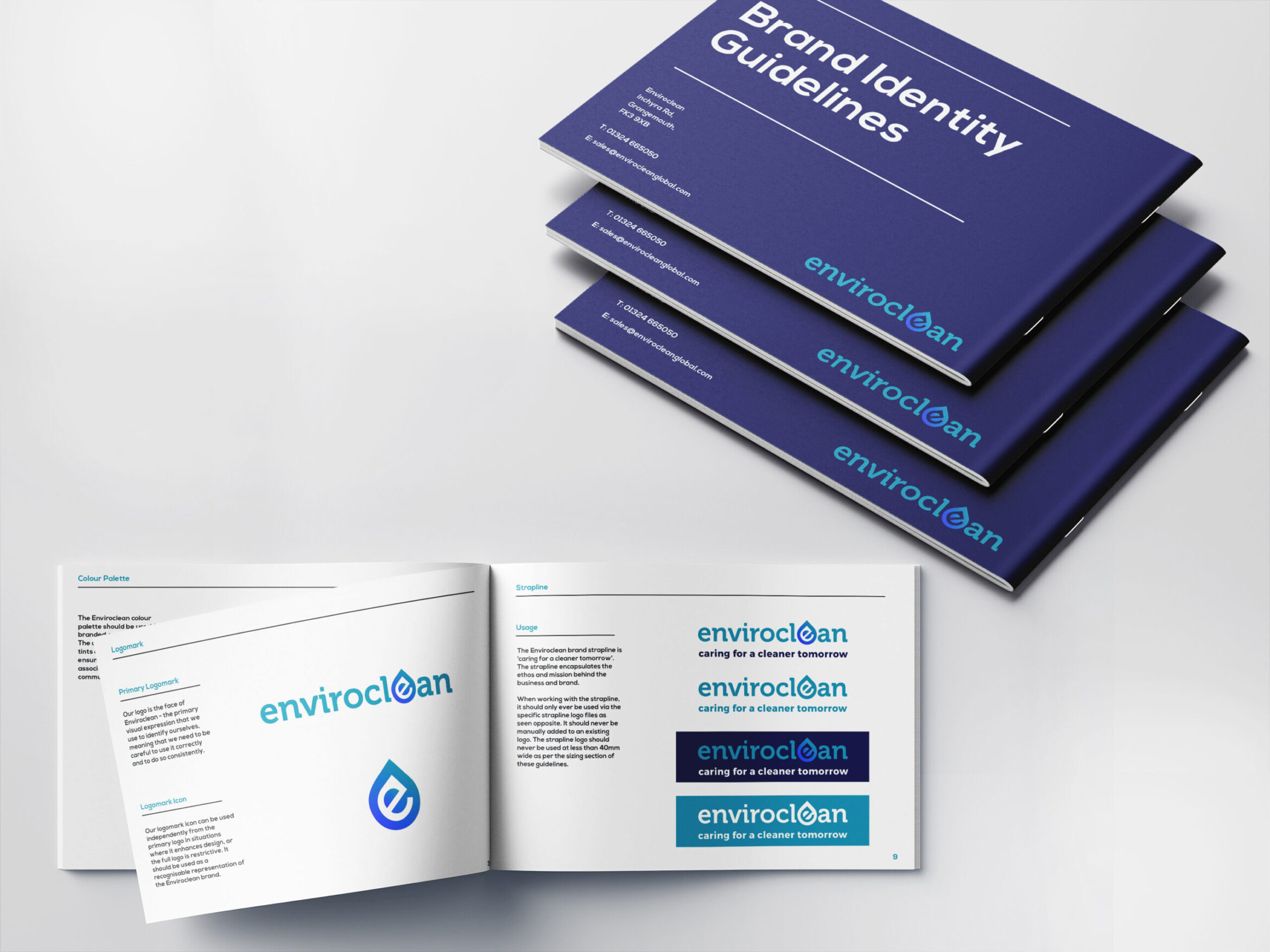
| Aspect | Description | Example |
|---|---|---|
| Visual Consistency | Brochures use brand colors, fonts, and logos to maintain a uniform look across all materials. | A tech company uses sleek, modern fonts and a blue color palette in all brochures. |
| Messaging Alignment | The content reflects the company’s tone and values, reinforcing its unique voice. | A nonprofit emphasizes compassion and community in its brochure narratives. |
| Professionalism | High-quality design and printing convey reliability and attention to detail. | A financial firm uses glossy paper and clean layouts to project trustworthiness. |
| Customer Engagement | Brochures provide informative and persuasive content that attracts and retains customers. | A travel agency includes vivid images and compelling itineraries to inspire bookings. |
Benefits of Using Brochures in Corporate Identity
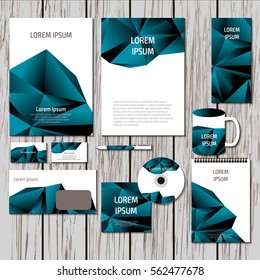
- Tangible Brand Experience: Unlike digital media, brochures offer a physical touchpoint that can leave a lasting impression.
- Versatility: They can be distributed in various settings such as trade shows, meetings, and direct mail.
- Cost-Effective Marketing: Brochures are relatively inexpensive to produce and can reach a targeted audience effectively.
- Enhanced Credibility: Professionally designed brochures can elevate a company’s perceived expertise and reliability.
Best Practices for Designing Corporate Brochures
- Consistency is Key: Ensure all design elements align with the established brand guidelines.
- Clear and Concise Messaging: Use straightforward language that communicates the core message effectively.
- High-Quality Visuals: Incorporate professional images and graphics that resonate with the target audience.
- Call to Action: Include clear instructions on what the reader should do next, such as visiting a website or contacting the company.
Frequently Asked Questions (FAQ)
Q1: How often should a company update its brochures?
A1: Brochures should be reviewed and updated at least annually or whenever there are significant changes in products, services, or branding.
Q2: Can brochures replace digital marketing?
A2: Brochures complement digital marketing by providing a physical element that can enhance brand recall and trust.
Q3: What printing options are best for corporate brochures?
A3: High-quality matte or glossy finishes on durable paper stocks are ideal to convey professionalism.
Brochures remain a vital component in reinforcing corporate identity by combining visual appeal with strategic messaging. When designed thoughtfully, they not only inform but also inspire confidence and loyalty among customers.
